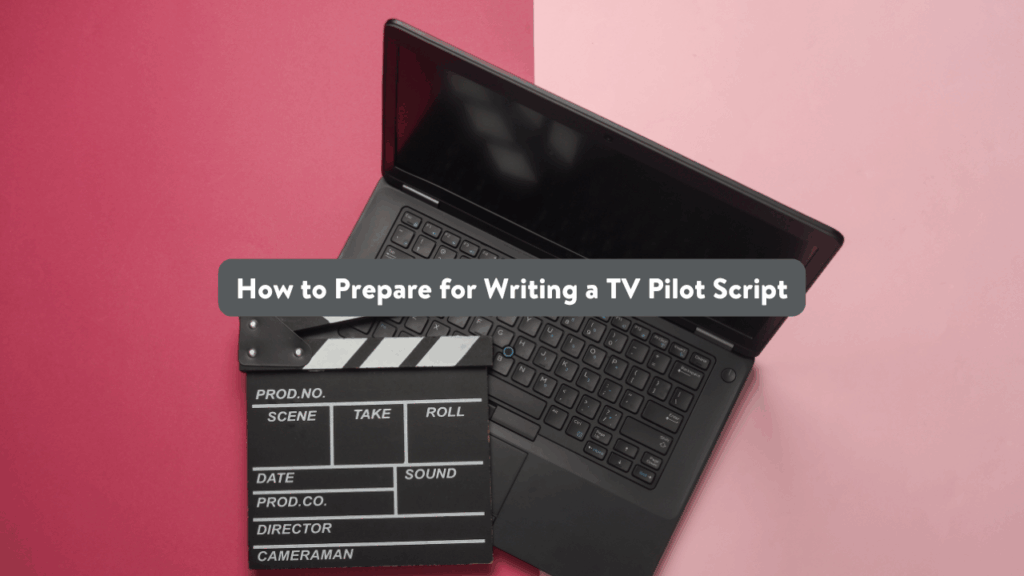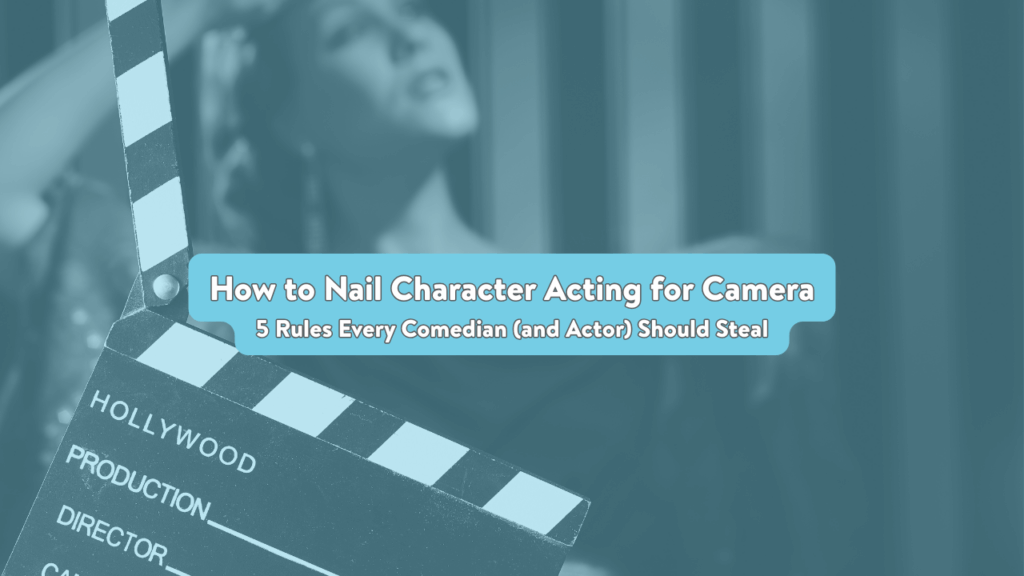How to write a 5-minute comedy set (“tight five”)

GOLD Comedy is the online comedy destination for women and nonbinary folks! If you’re here, you’re probably interested in trying standup comedy. Great! You’ve found your people, here. Check us out in the GOLD Club, where we host classes, celeb meet and greets, writers’ workshops, and so much more—all mostly online. It’s community + comedy at its very best. (Plus there’s a 14-day free trial! Woo!) New Standup Bootcamp classes start every month!
My first time on a comedy stage, I just got on stage and started talking.
THIS IS NOT RECOMMENDED.
I jumped from one topic to the next and back again like a kindergartener on a sugar high. One joke led to the next with no rhyme or reason. I was so all over the place that I forgot to do a bunch of the jokes I actually had written. (Ever listen to someone start to tell a long-winded story and realize 60 seconds in that you’re not interested? That’s what five minutes feels like to the audience if you aren’t prepared.)
I did get some laughs THANK YOOOUUU, but inside my head? Mostly screaming.
That’s how I learned the importance of preparation—and specifically, of writing not just a random string of jokes, but an actual SET, with a beginning, middle, and end. In other words, an outline. Think of your set outline as the track list of your favorite album.
THIS IS RECOMMENDED.
Here’s how.
First, here’s why you need a five-minute set.
The five-minute set is the comedian’s bread and butter. Many open mics offer no more than five minutes on stage. Five minutes is also pretty much the maximum time a booker or producer will spend watching your tape. So your goal is to develop a “tight five” —five minutes of solid go-to jokes that show who you are and reliably get laughs. While five minutes might seem like a long-ass time, if you follow my outline process, it should fall together easily.
As you progress, you can blend several five-minute sets together, and before you know it, you’ll have a 20-minute set! Impressive.
Next, some vocab.
SET: Your collection of jokes, with a beginning/middle/end. It’s everything you plan to say onstage. People who don’t do comedy often call this a “skit.” NO.
BIT: An individual joke or small cluster of jokes/tags on the same topic.
CHUNK: Several BITS that all revolve around the same larger topic.
So, a SET contains CHUNKS, and CHUNKS contain BITS.
Or, JOKES make up BITS and BITS make up CHUNKS and CHUNKS make a SET.
Got it?

Now you’re ready to outline!
Ready, set, fill in the blanks!
- OPENER: Start with something that really introduces you personally, especially if there is something visual about you that stands out, e.g., unusual hair color, super bushy eyebrows, a parrot on your shoulder, etc. Acknowledge it right off the bat, and the audience will then be able to forget about it and pay attention to YOU.
- CHUNK 1: Topic 1. It’s good for this to be something personal. Let them get to know you!
- BIT (funny)
- BIT (funnier)
- BIT (funniest)
- CHUNK 2: Topic 2: No need to segue between chunks. You can just pause and start a new topic.
- BIT (funny)
- BIT (funnier)
- BIT (funniest)
- CHUNK 3: Topic 3: Can be related to an earlier topic…or not!
- BIT (funny)
- BIT (funnier)
- BIT (funniest)
- CLOSER: Could really be BIT IV D, but a callback, or just a killer joke you know ALWAYS works.
Tips for making it WORK.
The outline is not RIGID. You do you. That said:
- Two to three CHUNKS are ideal for a five-minute set. More than three can be too packed and overwhelming; fewer can get boring.
- Try to make the BITS in your CHUNKS build from funny (where you lay out the general direction of the joke) to funniest. This also means you’re working to wring as much funny as possible about any given idea.
- Each CHUNK should be 90 seconds to two minutes long.
- Save your most interesting/involved or—sorry, vegans—really MEATY CHUNK for the end.
- Bonus: Using this outline will help you memorize the order of your jokes, because they will make internal sense to you as well.
- Take your outline with you to open mics. Even if you don’t get a full five minutes of stage time, you can pull out one CHUNK and practice that.
- Once you get used to doing your set one way, rearrange it. See what new GOLD comes of just mixing things up.
Practice makes funnier—there’s no such thing as “perfect” in comedy!—so play around until it works. And never, ever let anyone call it a “skit.” See? I closed with a callback.
ELSA WAITHE (founding instructor) is a standup comedian from Norfolk, VA now living in Brooklyn, NY who has been featured on BET, MTV, and This American Life. They also hosted the monthly comedy show “Affirmative Laughter” at The Experiment Comedy Gallery. Find out here how comedy saved their life. @elsajustelsa
Want to take a class with me?
Whether it’s your first tight five or your fiftieth, we’ll build it together in Standup Boot Camp.




